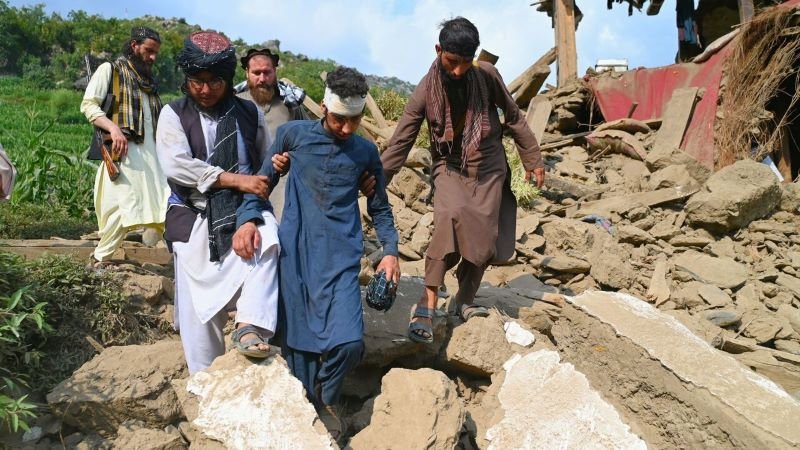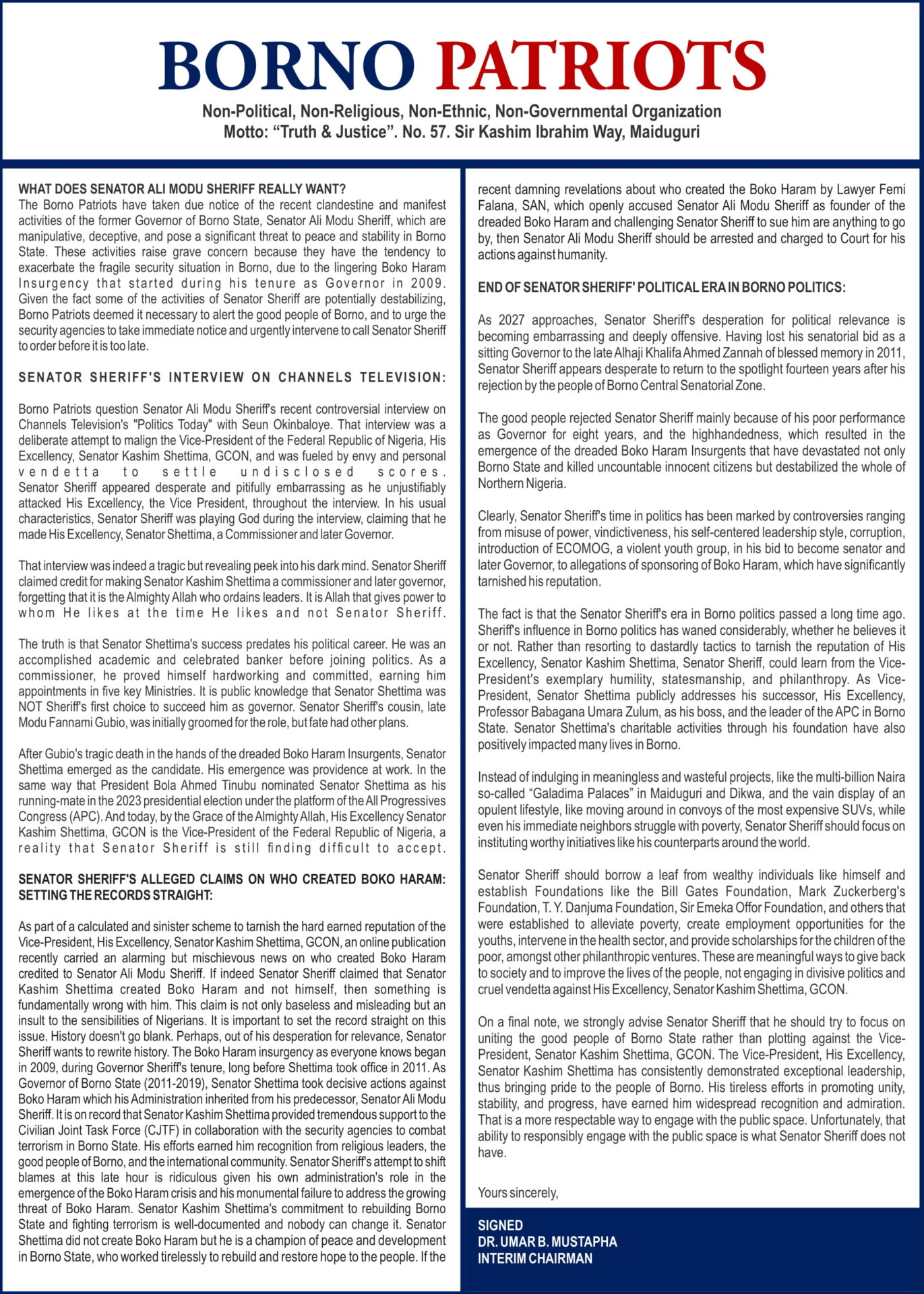ONE of Afghanistan’s worst earthquakes has killed more than 800 people and injured at least 2,800, authorities say as they warn that the death toll could rise.
Helicopters ferried the wounded to hospital on Monday in the eastern provinces of Kunar and Nangarhar as officials combed the rubble for survivors after a magnitude 6 tremor hit just before midnight on Sunday.
At least 812 people have died, government spokesman Zabihullah Mujahid said at a news conference on Monday, as the disaster further stretches the resources of the war-torn nation already grappling with poverty, drops in humanitarian aid, and the pushback of hundreds of thousands of Afghan refugees and migrants by neighbouring countries.
Ministry of Interior Affairs spokesperson Abdul Mateen Qani told the Reuters news agency that rescue teams had been “mobilised to accelerate assistance, so that comprehensive and full support can be provided”.
The Ministry of Defence said it has flown 30 doctors and 800kg (1,764lb) of medical supplies into Kunar to support hospitals dealing with the aftermath of the disaster. At least 40 flights have carried away 420 wounded and dead citizens, the ministry added.
Resident Sadiqullah, who lives in the Maza Dara area of Nurgal, one of the worst-affected areas in Kunar province, told The Associated Press news agency that he was woken up by a deep boom.
Sadiqullah said he ran to where his children were sleeping and rescued three of them, but could not get to the rest of his family before the roof fell on top of him.
“I was half-buried and unable to get out,” he said from Nangarhar Regional Hospital.
“My wife and two sons are dead, and my father is injured and in hospital with me. We were trapped for three to four hours until people from other areas arrived and pulled me out,” he said.
Al Jazeera’s Kamal Hyder, reporting from Lahore, Pakistan, said the region is mountainous with villages scattered throughout the area.
“What we have found out is that the locals are digging out people from the rubble,” Hyder said, adding that due to the shallow, more destructive nature of the earthquake, the death toll is likely to increase.
Chris Elders, professor of petroleum geology at Australia’s Curtin University, told Al Jazeera that due to the mountainous terrain of the areas hit by the earthquake and their high population, the situation was particularly dangerous.
“It’s not only the buildings that will shake and become unstable, but the hillsides will also shake and become unstable, and that’s what triggers landslides,” Elders said.








